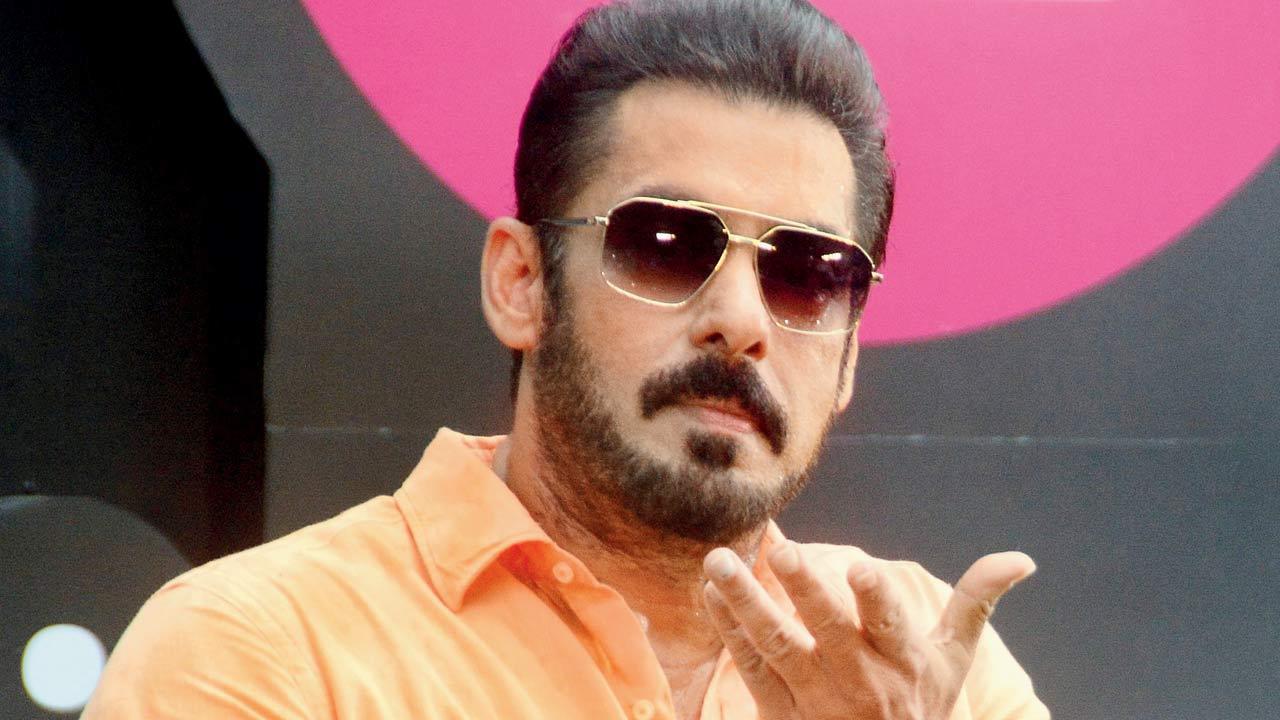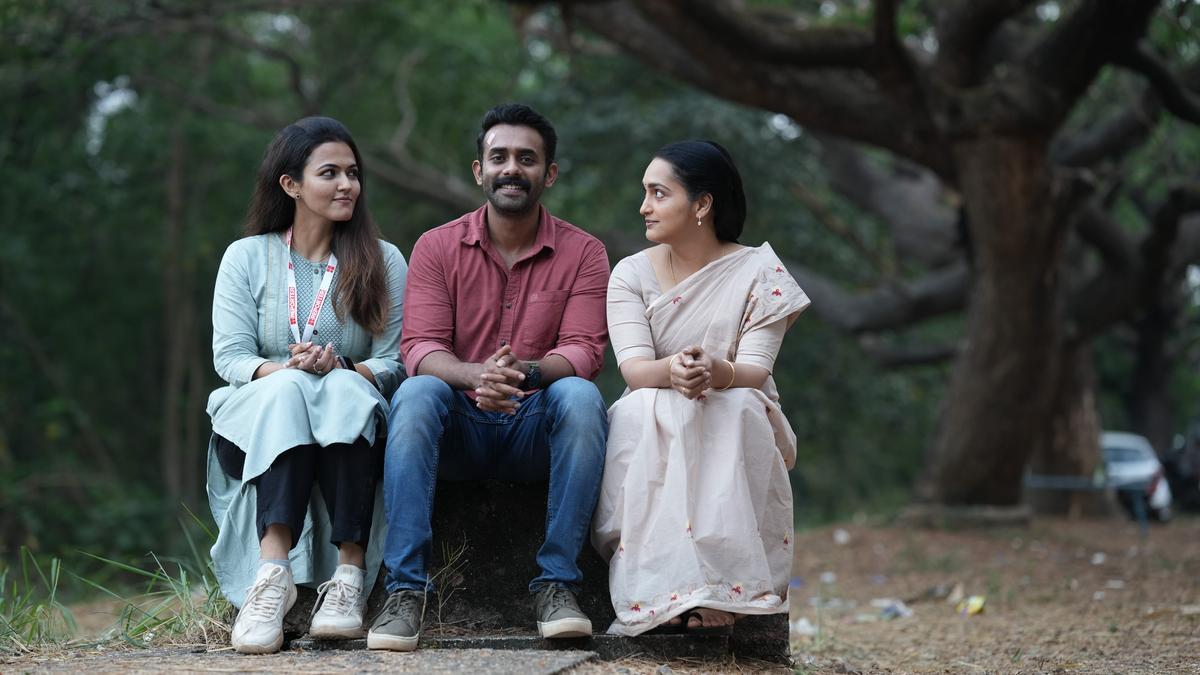
The atmosphere of competitive international cricket is often charged with intense emotions, as was evident in the recent second T20I match where tempers flared among the Sri Lankan players following a contentious Decision Review System (DRS) decision that gave Bangladesh’s Soumya Sarkar a lease of life. The incident, which transpired on Wednesday, March 6, has been a major talking point among cricket enthusiasts and experts alike.
As the match progressed into the fourth over, Soumya Sarkar had the misfortune of being caught behind, or so it seemed, from the first delivery bowled. Kusal Mendis, behind the stumps, was quick to secure the ball, convinced of the edge. The appeal was robust, and the on-field umpire, Sharfuddoula, didn’t hesitate to lift his finger, signaling Sarkar’s departure.
Sarkar’s reaction was swift and full of disbelief, compelling him to challenge the on-field decision by invoking the DRS. It was a moment filled with suspense as the third umpire, Masudur Rahman, reviewed the footage. Utilizing the ultra edge technology, a tool designed to detect the faintest of contacts between bat and ball, a spike was observed, seemingly sealing Sarkar’s fate.
However, the conclusive evidence required for the third umpire to uphold the on-field decision seemed elusive. Despite the visible spike on the ultra edge, there appeared to be a window of doubt concerning the simultaneity of the sound and the ball’s trajectory passing the bat. As this window opened, the third umpire decided to overturn the call made by Sharfuddoula, much to the chagrin of the fielding team.
The camera captured Sarkar making the walk back to the pavilion, only to pivot and return to the crease upon realizing that the decision was reversed. This unexpected turn of events left the Sri Lankan players visibly distraught. A cohort of them proceeded to surround the umpire, seeking clarity on why their seemingly wicket-taking appeal had been rendered null and void.
Replays and analyses of the incident were subsequently broadcast and pundits weighed in on the decision, dissecting the third umpire’s rationale. However, to the Sri Lankan contingent, the incident was still a hard pill to swallow.
In the aftermath of the game, Sri Lanka’s assistant coach, Naveed Nawaz, didn’t mask his frustration during the press conference. He underscored the significance of the on-field umpire’s original decision and the high standard of evidence typically required to overturn such a ruling. Nawaz eloquently described the team’s dismay, outlining how the on-screen evidence seemed inconclusive and pointing to a possible follow-up with the match referee in hopes of gaining a better understanding of the situation.
It was clear that the Sri Lankan team deeply felt the impact of what they believed was an errant decision. Nawaz highlighted the importance of early wickets and especially on tracks that favor batsmen, every dismissal has the potential to dramatically alter the course of the game.
While the game moved on, the controversy left an imprint on the match and raised broader discussions about the DRS and its implementation in cricket. DRS has been widely heralded for improving decision-making in the game; however, instances like this raise questions and debate. It emphasizes the point that, despite technological advancements, cricket remains a game tinged with human judgment and error – both on and off the field.
In the wake of the debate, the incident with Soumya Sarkar provided yet another chapter in the ongoing narrative of cricket’s relationship with technology. It served as a stark reminder that in the pursuit of absolute fairness, there is still room for interpretation and disagreement. As the dust settles, teams and officials alike continue to grapple with the fine line between human and technological adjudication in the sport that’s loved by millions worldwide.










